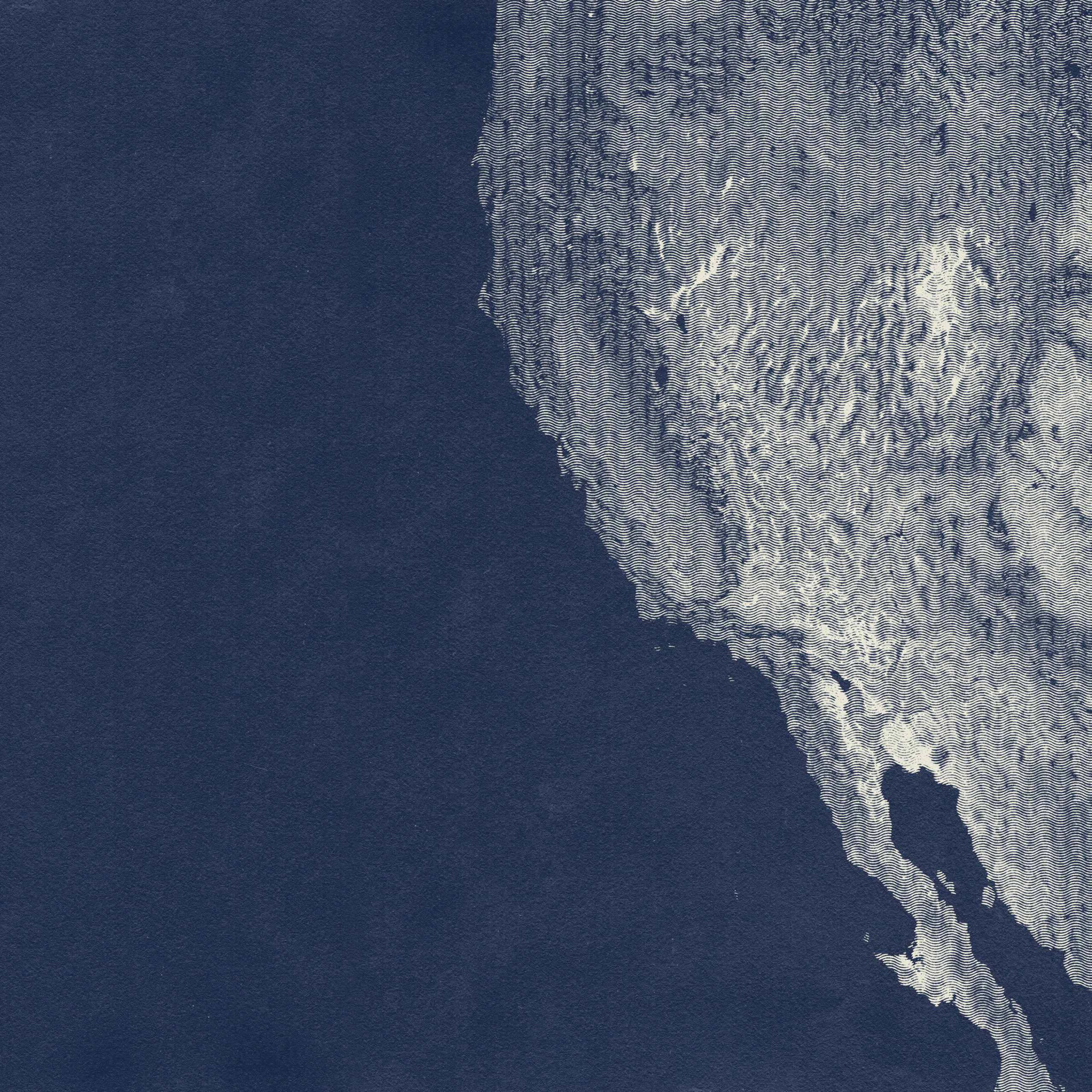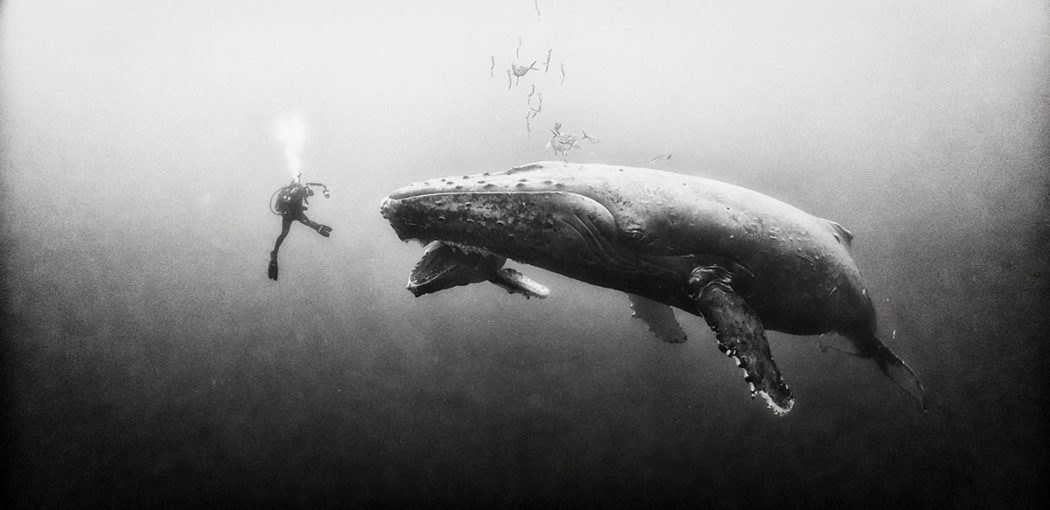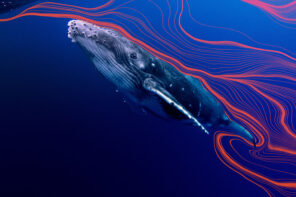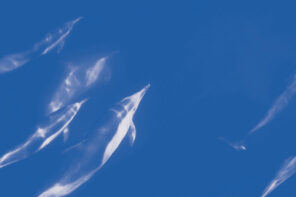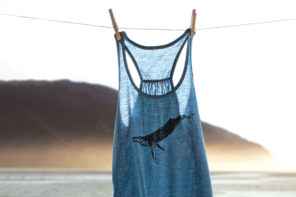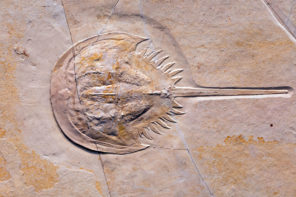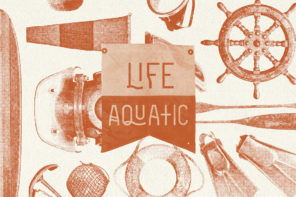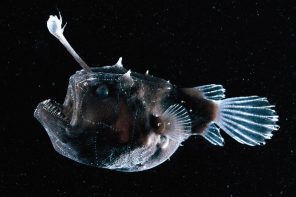The numbers of whales heading south for the winter had dangerously dwindled by the mid-Twentieth Century, but they’re back, baby.
Christopher Dewees has been looking off into the waters of The Pacific for a pretty long time. From his childhood in Sausalito, California, when from a perch high up on a hill overlooking San Francisco Bay he watched as whaling ships towed lifeless leviathans across Raccoon Straits to his career as a marine biologist and educator at UC Davis’ Bodega Marine Laboratory and now in retirement as a recognized master in gyotaku (or the Japanese art of fish printing). “I didn’t realize the significance of it at the time, but I was seeing the last American whaler at work, coming in from the Gulf of the Farallons,” he told Whalebone Magazine. “Fast forward maybe six or seven years and I’m out there on the ocean as a deckhand on a commercial salmon trawler,” he says of how he spent his summers off from high school in the mid-1960s in those same coastal waters right on whales’ migratory paths. By then commercial whaling had all but stopped but it took decades for the populations to rebound (or maybe they were avoiding those routes—who knows?—the ocean is deep and there a lot of places to hide when you can dive 2,000 meters down). “You would think you would have seen humpback whales or blue whales, or migrating grays heading back north,” says Dewees of those summers, “but I have no recollection of seeing any whales.”
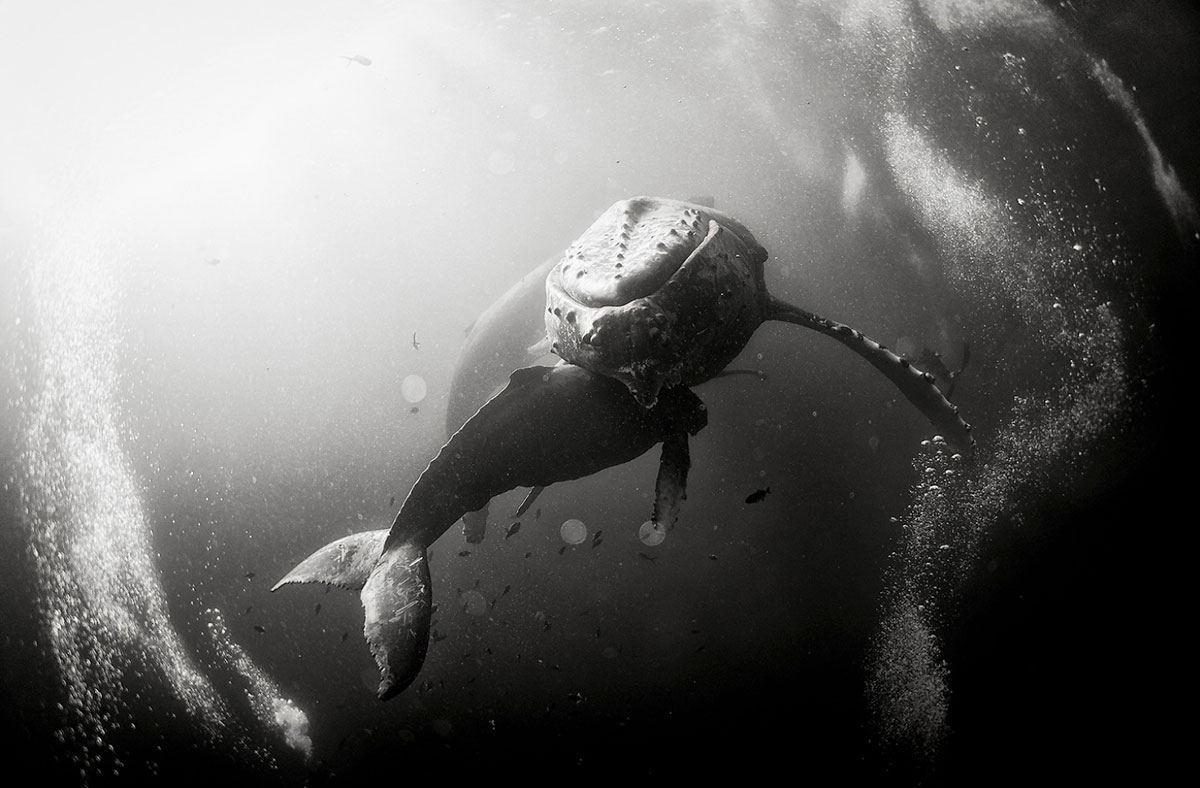
The sad part is that for most of the past two centuries nobody has known as much about whale migration as those hunting them, who used that knowledge to decimate their populations. Their disappearance from the waters of coastal California and Baja, the whales’ snowbird destinations, is most likely simply related to the veracity of the hunt. By the time the US officially outlawed whaling in 1971, eight whales—including humpback and blue whales—were listed as endangered species.
The picture is much different today. As many a surfer who’s spent a couple of hours in the frigid waters under the Golden Gate Bridge at the right time of year could tell you, you almost can’t help but see whales heading south now, even sometimes right there under the bridge. Dewees is struck by the dramatic return, too. “Almost every time you go outside Golden Gate there are whales feeding in the Gulf of the Farallons—humpbacks and blue whales and grays and few others.”
Party on, dudes.
Some whales migrate to follow their food, others make 10,000-mile journeys to give birth or get it on and some, like Jimmy Buffet, just gotta go where it’s warm.
The yellow markers will tell you when and where which species of cetacean is during their migration. Bunch of parrotheads.
